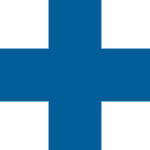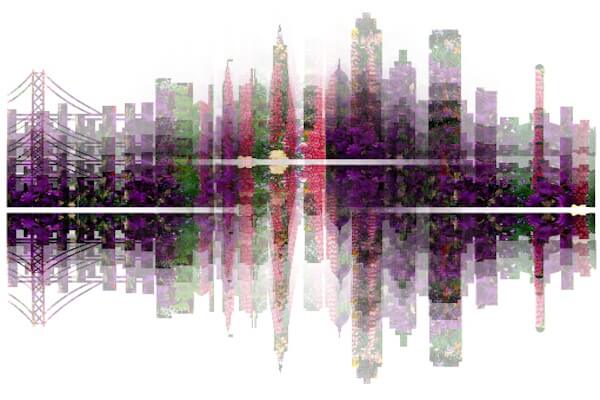Ensuring the proper implementation of canonical URLs is an indispensable aspect of optimizing your website for search engines. By implementing canonical URLs correctly, you not only bolster your site’s visibility in search engine results but also safeguard against the dreaded specter of duplicate content issues. 👻
In the intricate web of digital content, canonical URLs act as guiding beacons, directing search engine crawlers to the definitive version of a webpage amidst various iterations or duplicates that might exist. They serve as virtual signposts, signaling to search engines which version of your content should be prioritized in indexing and ranking.
Canonical URL Guidelines for SEOs
Understanding Canonicalization
Canonicalization refers to the process of selecting the best URL when there are several choices. It helps search engines understand which version of a URL is the authoritative one.
The canonical URL is the preferred version of a webpage that should be indexed and displayed in search engine results.
1. Consistency is Key
Ensure that the use of canonical URLs remains consistent across all pages of the website. This consistency helps search engines understand the structure of the website and prioritize the correct URLs for indexing.
2. Canonical Tag Implementation
Utilize the `<link rel=”canonical” href=”URL”>` tag within the HTML head section of each webpage to specify the canonical URL.
The canonical tag should point to the preferred version of the URL, typically the one that is listed in the XML sitemap.
3. Dynamic URLs and Parameters
For websites with dynamic content and parameters in URLs, ensure that canonicalization is properly handled.
Implement URL parameters properly to avoid duplicate content issues. Use tools like Google’s URL Parameters tool to specify how search engines should treat different URL variations.
4. Canonicalizing Paginated Content
For paginated content, such as articles split across multiple pages, ensure that each page contains a canonical tag pointing to the first page (or preferred URL) to consolidate the ranking signals.
Implement rel=”next” and rel=”prev” tags to indicate the relationship between paginated pages and assist search engines in understanding the pagination structure.
5. Handling Alternate Versions
If there are alternate versions of a webpage (e.g., mobile and desktop versions, localized versions in different languages), use the rel=”alternate” hreflang=”x” tags to indicate the relationship between them.
Ensure that each alternate version has a canonical tag pointing to its preferred version to prevent duplicate content issues.
6. Regular Monitoring and Maintenance
Regularly monitor canonical URLs using tools like Google Search Console to identify any issues or inconsistencies.
Conduct periodic audits to ensure that canonicalization is implemented correctly across the website, especially after significant updates or changes.
You, the Google Whisperer
By implementing canonical URLs with precision and care, you establish a clear hierarchy of content, reinforcing your website’s credibility and trustworthiness in the eyes of search engines. You’re essentially whispering to Google and its counterparts, “This is the original, the definitive source of truth.”


Graphic art by Mary Hall.